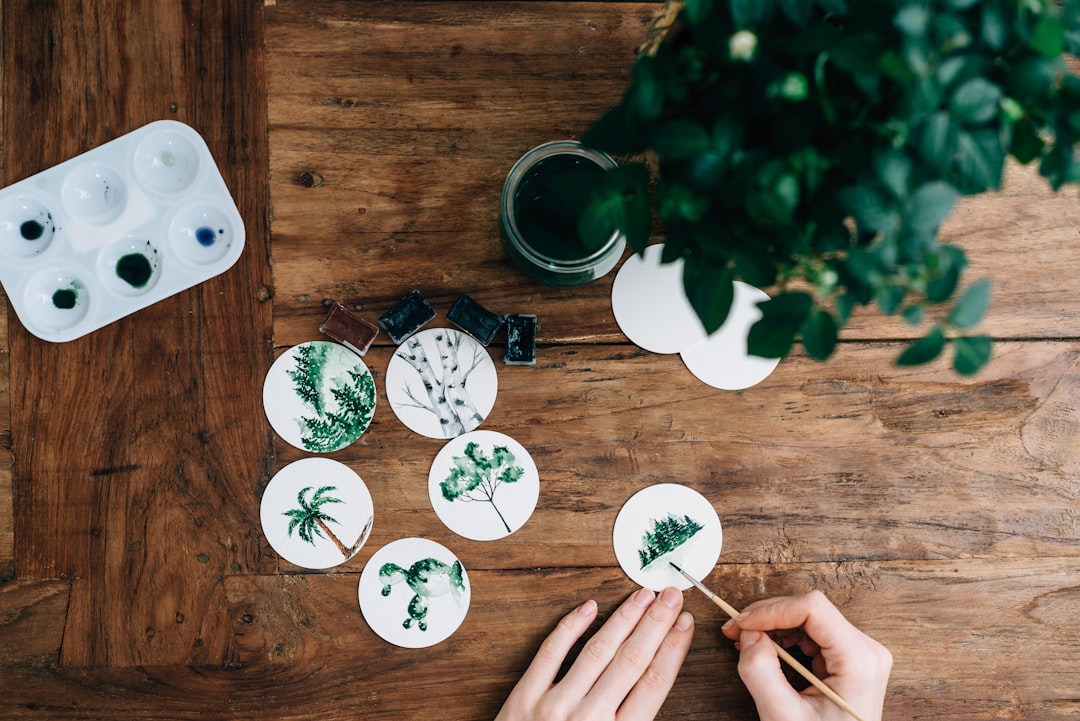In an era where the boundaries of what art can be are constantly expanding, it’s essential to explore the evolving interfaces of creativity, technology, and human expression. This article delves into the multifaceted nature of contemporary art, examining how traditional forms are being transformed and what new frontiers are being opened by the pioneers of today and tomorrow. From digital revolutions to the reclamation of classical techniques in modern contexts, the future of art is a dynamic conversation between the past and the potential future.
The Digital Influence
The surge of digital technology has revolutionized the art world, creating both new mediums and methods of interaction. Digital art, once a fringe concept, has now taken center stage with tools that allow for unprecedented creativity and complexity. Artists are utilizing software to generate intricate designs that challenge the traditional brush and canvas. Virtual reality (VR) and augmented reality (AR) are pushing the boundaries further, enabling viewers to step into entirely immersive environments. This digital evolution is not only redefining how art is made but also how it is consumed, offering more interactive and personalized experiences.
Sustainability in Art
As global awareness of environmental issues grows, artists are increasingly incorporating sustainability into their practices. This trend is not only about the materials used — such as recycled goods and non-toxic paints — but also about the messages conveyed through the artwork. Eco-art goes beyond aesthetic considerations to provoke thought and inspire action towards sustainability. Furthermore, sustainable practices in art production are being highlighted as part of a broader movement towards green policies in cultural institutions and galleries.
Art as a Social Commentary
Art has long been a mirror reflecting the social currents and issues of its time. Contemporary artists are leveraging their platforms to address and provoke discussions on topics such as inequality, globalization, and cultural identity. These artworks often serve as catalysts for community dialogue and can be powerful agents for social change. By engaging with political and social contexts, artists not only document experiences but also shape public perception and attitudes.
The Renaissance of Classical Techniques
In a surprising twist, there is a growing movement among modern artists to revisit and revitalize classical art techniques. This renaissance is not about mere replication but rather about reinterpreting traditional methods to fit modern narratives and themes. Techniques like oil painting, sculpting, and printmaking are experiencing a resurgence, with artists valuing the tactile connection between the creator and the creation that these methods offer.
Art Education and Accessibility
The role of education in shaping the future of art cannot be understated. There is a growing emphasis on making art education more accessible and inclusive, breaking down the barriers that have traditionally limited participation. This includes not only formal education but also community programs, online tutorials, and interactive workshops that make learning about and creating art possible for a wider audience. As art education becomes more diverse and accessible, the art world itself becomes a richer, more varied tapestry of human expression.
The future of art is undeniably exciting. As we step into new realms of creativity and witness the transformation of traditional forms, art remains a vital part of the human experience — constantly evolving, always inspiring.







